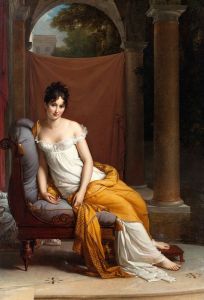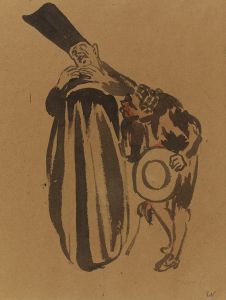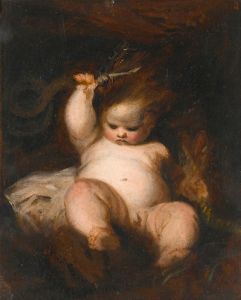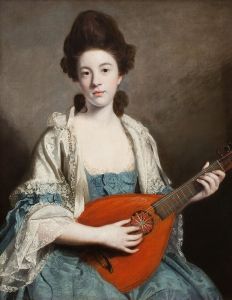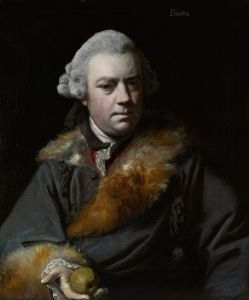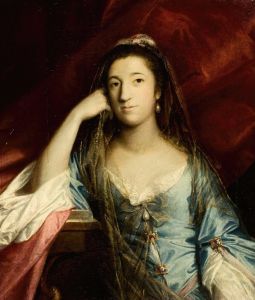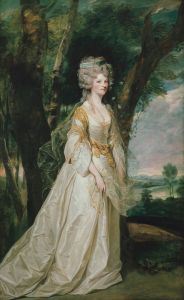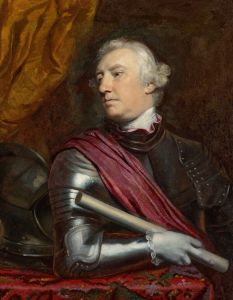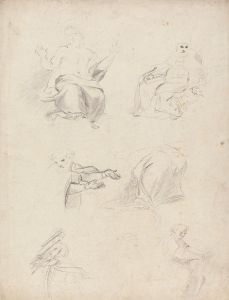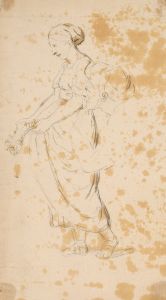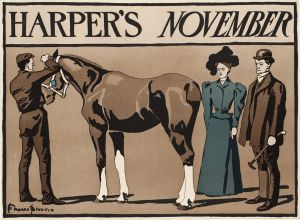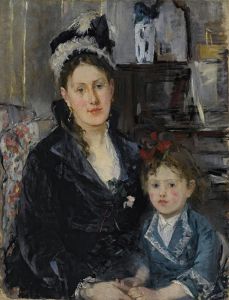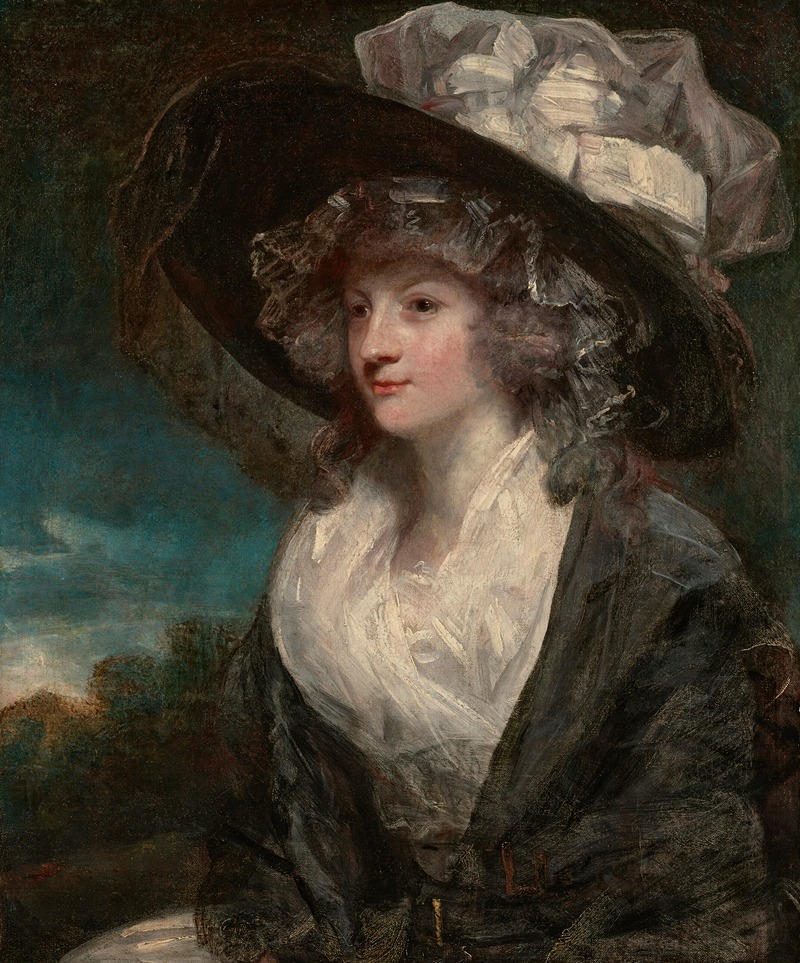
Portrait of Amelia Hume, later Lady Farnborough
A hand-painted replica of Sir Joshua Reynolds’s masterpiece Portrait of Amelia Hume, later Lady Farnborough, meticulously crafted by professional artists to capture the true essence of the original. Each piece is created with museum-quality canvas and rare mineral pigments, carefully painted by experienced artists with delicate brushstrokes and rich, layered colors to perfectly recreate the texture of the original artwork. Unlike machine-printed reproductions, this hand-painted version brings the painting to life, infused with the artist’s emotions and skill in every stroke. Whether for personal collection or home decoration, it instantly elevates the artistic atmosphere of any space.
The "Portrait of Amelia Hume, later Lady Farnborough" is a distinguished work by Sir Joshua Reynolds, one of the most prominent English painters of the 18th century. Known for his influential role in the development of portraiture, Reynolds was a founding member and the first president of the Royal Academy of Arts. His work is characterized by its grand style, which often incorporated elements of the Old Masters, and his portraits are celebrated for their elegance and psychological depth.
This particular portrait features Amelia Hume, who later became Lady Farnborough. Amelia was the daughter of Sir Abraham Hume, 2nd Baronet, a notable art collector and horticulturist of his time. She married Charles Long, 1st Baron Farnborough, a British politician and art patron, which elevated her status to Lady Farnborough. The marriage connected her to a network of influential figures in the arts and politics, which was typical of the social circles Reynolds often painted.
Reynolds' portrait of Amelia Hume is a testament to his skill in capturing the grace and poise of his sitters. The painting is executed with his characteristic use of rich color and soft, blended brushwork, which gives the portrait a sense of depth and realism. Reynolds was known for his ability to convey the character and status of his subjects, and this portrait is no exception. Amelia is depicted with a serene expression, her attire and posture reflecting the fashion and social conventions of the time.
The portrait is also notable for its composition and use of light. Reynolds often employed a technique known as "chiaroscuro," the use of strong contrasts between light and dark to achieve a sense of volume and three-dimensionality. This technique is evident in the way Amelia's figure is illuminated against a darker background, drawing the viewer's attention to her face and the delicate details of her clothing.
Reynolds' portraits were highly sought after by the British aristocracy and upper classes, and his ability to flatter his subjects while maintaining a sense of realism made him a favorite among patrons. His work not only captured the likeness of his sitters but also conveyed their social standing and personal attributes, making his portraits valuable both as works of art and historical documents.
The "Portrait of Amelia Hume, later Lady Farnborough" is housed in a collection that reflects the enduring appeal of Reynolds' work. His portraits continue to be studied and admired for their artistic merit and their insight into the social and cultural milieu of 18th-century Britain. Through his art, Reynolds left a lasting legacy that continues to influence portrait painters to this day.





